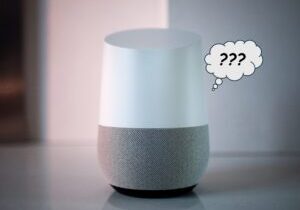Imagine for a moment you have a favorite local restaurant. In fact, you typically dine there a few days a week. You’re a regular. You’ve eaten there for years, and have consistently recommended the place to family members, friends, and co-workers.
You especially like the fact they feature dishes – entrees, appetizers, and desserts – you typically don’t see on the menu when you travel to other cities. You’ve been going to this restaurant for many years, and you’ve gotten to know some of the people who work there. You have a favorite wait person, and you even chat up the owner. Back in the day, this restaurant won prestigious awards for its innovative dishes and creative risk taking.
But over the years, the restaurant has been sold – more than once. It is now owned by a national group that operates several other local restaurants, including a fast-food joint, a soul food eatery, and a trendy craft beer garden. You hear the corporation who owns your go-to restaurant is implementing dishes, policies, and other systems from their headquarters 1,000 miles away.
beer garden. You hear the corporation who owns your go-to restaurant is implementing dishes, policies, and other systems from their headquarters 1,000 miles away.
Meantime, there’s been lots of turnover in the restaurant in recent years. Your favorite waitperson left – you never had the chance to say goodbye. And while new people have been hired, the place often seems understaffed. The employees run around, often frantic to serve all their tables. More and more often, the waits are unpleasantly long, the service is slow, and the food is not up to its old standards.
The restaurant experience has changed, too. It’s noisier in the place, and there are TV monitors blaring advertising, and even the menus are sponsored by other businesses, as are the placemats. It’s just not that cool vibe the place once had.
The menu feels like it’s gotten stagnant, too – it’s the same old dishes with no seasonal updates. There are daily specials, but frankly, they aren’t very special. And more and more, you feel like they’re just going through the motions of running a restaurant, rather than offering memorable experiences and yes, food that makes you sit up and take notice.
 By now, you know the drill. On Friday, it’s the fish fry special. On Tuesday, it’s BOGO day where you pay full price for a meal and get a second one free. And for Sunday morning brunch, kids under 7 eat free. They’ve been offering the same specials every week, every month, ever year – for eons. And meantime, fewer and fewer make it a point to eat their meals there. The place has gotten boring.
By now, you know the drill. On Friday, it’s the fish fry special. On Tuesday, it’s BOGO day where you pay full price for a meal and get a second one free. And for Sunday morning brunch, kids under 7 eat free. They’ve been offering the same specials every week, every month, ever year – for eons. And meantime, fewer and fewer make it a point to eat their meals there. The place has gotten boring.
Interestingly, the restaurant was once a regular spender on in-market advertising to ensure it had visibility and presence in the market. Some of their ads were even catchy and sticky, generating talk with their use of hometown celebrities as spokespeople.
And at one time, they supported community causes and charities, tying in with food banks and the local children’s hospital. They even had their own kids league teams, supplying uniforms adorned with their logo on the shorts and caps.
You often wonder why things have changed, and you can’t help but theorize the place never completely recovered from the pandemic. During 2020 and in the years since, they lost some key staffers to attrition and retirement, but they also shed some of their clientele, who either started dining elsewhere, brought food home via services like Door Dash and Uber Eats, or found it’s more economical and even more satisfying to prepare their own food and stay home.
In the meantime, online reviews have taken their toll. And while they may not be the final arbiter of where most people dine, those customer “star” ratings are being checked out by lots of people. 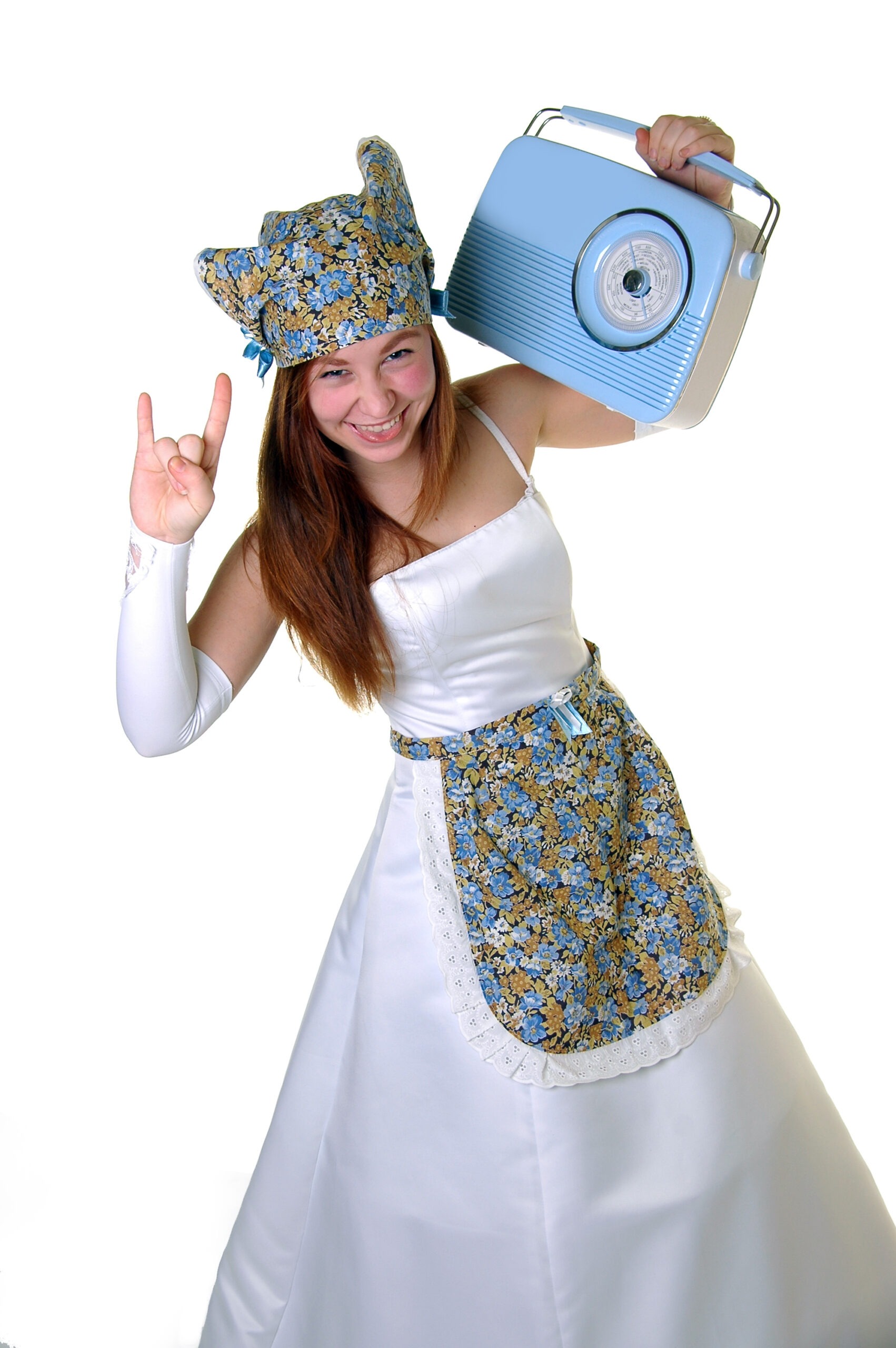 Too many of them feature disaffected patrons who once were regulars, but now wouldn’t be caught dead in the place.
Too many of them feature disaffected patrons who once were regulars, but now wouldn’t be caught dead in the place.
Of course, it’s also true many new eateries have opened in recent years, offering different cuisines and experiences. Many of these new places are interesting, even buzzworthy. Most are taking risks, even adding technology to the mix via services like making reservations, car valet text, accessing the menu and photos via a QR code, and even changing how patrons pay for their meals. None of this stuff is make or break, but it creates points of difference.
By now, perhaps, you know where I’m headed with this sprawling allegory. We’re not talking about restaurants at all. The analogy is broadcast radio, and hopefully, my examples line up with how radio has watched its fortunes erode during the past decade or two. In some ways, broadcasters have sat back, doing it the way they’ve always done it, while new media competitors have had a field day with new gadgets, content, and delivery methods. While consistency can be construed to be a good thing, in a competitive marketplace, brands must innovate, expand, and grow.
 Note also how personalities have become as dominant on the restaurant scene as they are in radio. Celebrity chefs distinguish eateries – big names like Guy Fieri, Gordon Ramsay, and Bobby Flay dominate today’s landscape of dining establishments, a far cry from the Jullia Child era. Many diners know the names of the chefs at their favorite local eateries – playing the dual roles of “showrunner” and “morning host.”
Note also how personalities have become as dominant on the restaurant scene as they are in radio. Celebrity chefs distinguish eateries – big names like Guy Fieri, Gordon Ramsay, and Bobby Flay dominate today’s landscape of dining establishments, a far cry from the Jullia Child era. Many diners know the names of the chefs at their favorite local eateries – playing the dual roles of “showrunner” and “morning host.”
And even TV dramedy food series like ‘The Bear” play off the personality theme. Their fictional employees are like the weird, quirky types we associate with radio station staffs, headed up by an insecure “program director,” Carmen (Carmy) Berzatto.
Of course, having a strong sense of what your brand means to people and why they spend time with you in the first place is central to its success. We’ve all seen radio stations go beyond their comfort zones to try to be something they’re not. Consumers will cut a beloved brand some slack for an errant attempt to try something new. But they also expect the management team to comprehend when an experiment has gone awry, and know enough to return things to their original condition.
So, how do you stay within your brand’s expectations while taking well-calculated risks?
On perhaps better put, how can you be different without departing from what made your brand famous in the first place?
Staying with food, let’s take a rather mundane candy brand, like Starburst. For me these, colorful wrapped candies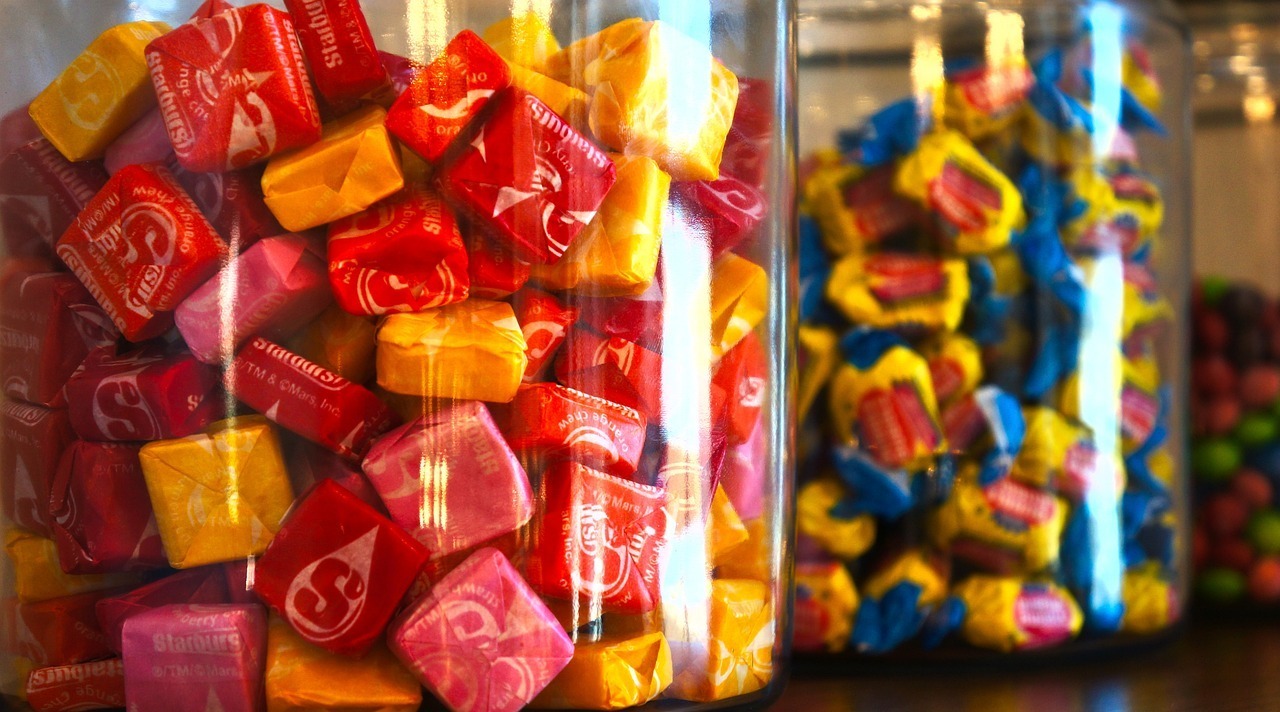 have never been in my Sweet Tooth hot rotation, but I’ve had them before and I know they offer a handful of familiar flavors in varieties labeled Tropical, Sour, Very Berry, and others. The Starburst brand, a subsidiary of Mars, Inc. was launched nearly six decades ago.
have never been in my Sweet Tooth hot rotation, but I’ve had them before and I know they offer a handful of familiar flavors in varieties labeled Tropical, Sour, Very Berry, and others. The Starburst brand, a subsidiary of Mars, Inc. was launched nearly six decades ago.
So it’s more than ready for an update or a refresh, something that would communicate to current users the same reliable candy brand just got more interesting. And for those like me who aren’t in the Starburst habit, maybe there’s something going on here I never really thought about.
For a familiar but probably tired candy that’s been on store shelves since JFK was President, Starburst is in need of a new call to action, especially to wow over a generation of Zs who likely have no affinity for the brand.
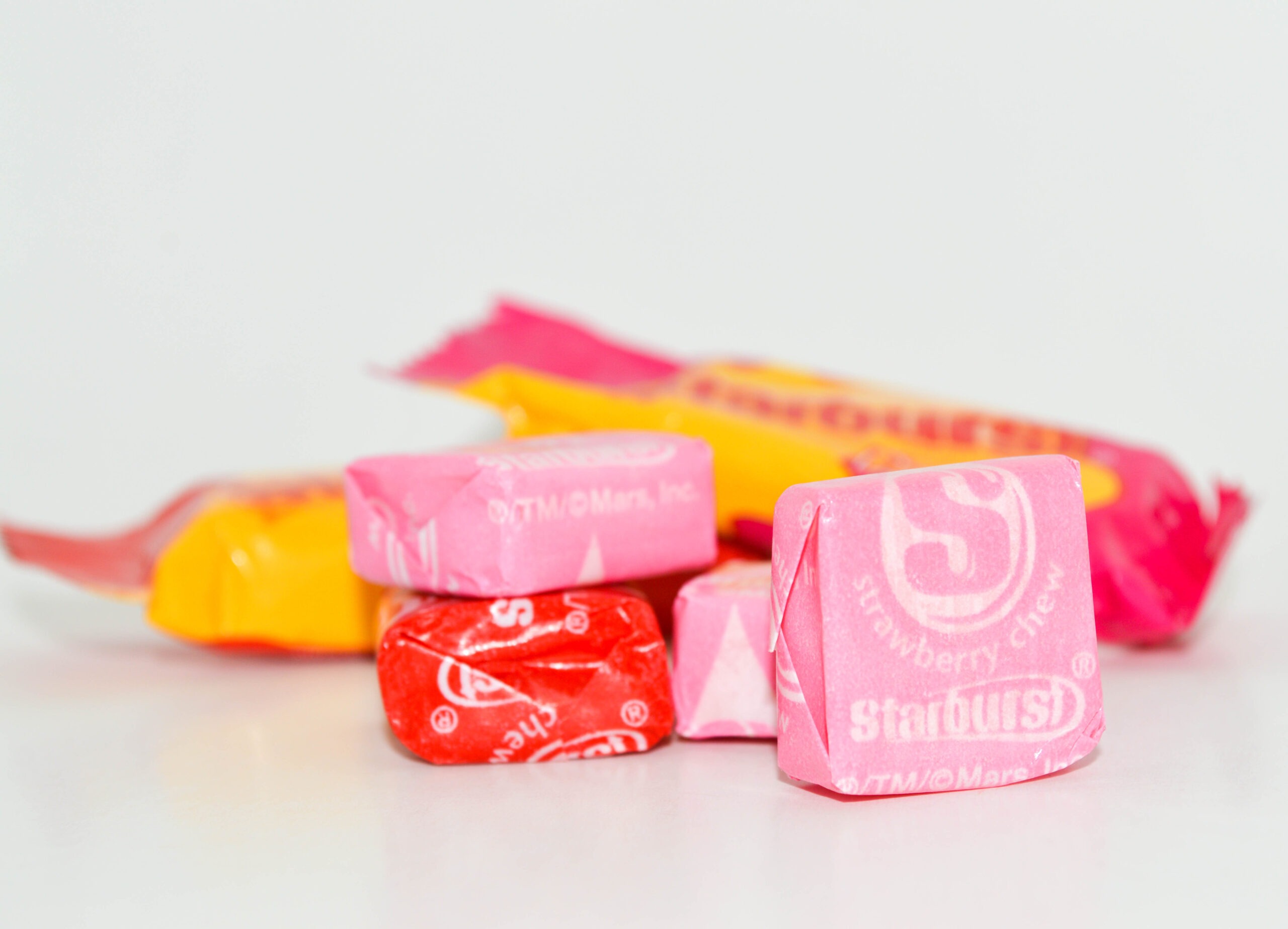 In a new campaign, Starburst is leaning into the new phenomenon of AI to remind consumers that enjoying these yummy candies is “different every time.” As Chris Kelly writes in a recent story appearing in Marketing Dive, the effort revolves around discovery and novelty to make its impact. It’s the first new campaign for Starburst in 12 years, probably overdue in this rapid-fire marketing environment.
In a new campaign, Starburst is leaning into the new phenomenon of AI to remind consumers that enjoying these yummy candies is “different every time.” As Chris Kelly writes in a recent story appearing in Marketing Dive, the effort revolves around discovery and novelty to make its impact. It’s the first new campaign for Starburst in 12 years, probably overdue in this rapid-fire marketing environment.
The concept is that every package of Starburst unleashes adventure, choice, and individuality, thanks to the prism of possibilities created by generative AI. “Different Every Time” is designed to answer the “sameness fed to us by the algorithms and status quo trends of the day,” notes Colin Selikow, chief creative officer at DDB Chicago, Starburst’s agency for the campaign.
And to prove it, the short spots take a routine, boring activity like studying and breathe in a fresh vibe of excitement, thanks to Starburst. It’s a slick example of taking the mundane, and transforming it into something special and eye-opening. There are two :15s. Here’s the first:
As you might imagine, the agency has architected a marketing plan that covers all the bases in its quest to connect with millions of fickle Gen Z consumers. Assets for “Different Every Day” will show up on television and full-episode players with different versions of these spots “across programmatic, as well as on Meta, and Snapchat.
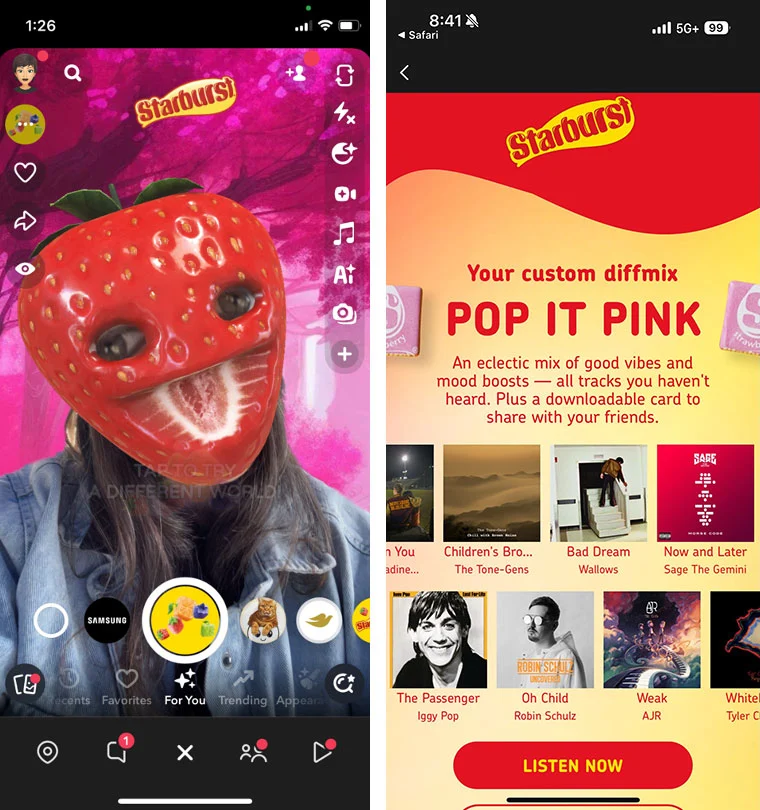
via AdAge
To attract young people, there’s also a music component via a Spotify activation called “chews your own music adventure,” an obvious play on words. (Yes, it’s interesting TikTok is not mentioned in the campaign strategy.)
The bottom line: the snack and candy industries are going to greet lengths to make their products different, while keeping them the same.
In the case of Starburst, marketing is employed to highlight those differences. Many other brands are overturning convention with how things taste.
A story in AP News over the weekend addressed the experimentation that’s going on over how flavors are being wildly combined.
In “Sour Patch Kids Oreos? Peeps Pepsi? What’s behind the weird flavors popping up on store shelves?” Dee-Ann Durbin reports on the great lengths familiar products are going to in order to keep consumers engaged and stimulated:
“While it’s tempting to pass off these limited flavors as social media stunts, experts say there’s more to the story. Food companies are responding to the changing and expanding tastes of consumers while also trying to keep brands relevant and distinct to win space on crowded store shelves.”
more to the story. Food companies are responding to the changing and expanding tastes of consumers while also trying to keep brands relevant and distinct to win space on crowded store shelves.”
For those of us in radio, that’s an important message about keeping products fresh and interesting – even occasionally surprising. Yes, in the food business, it may sometimes be too surprising-like Maple Pepsi or Van Leeuwen Ice Cream infused with the comforting taste of macaroni-and-cheese.
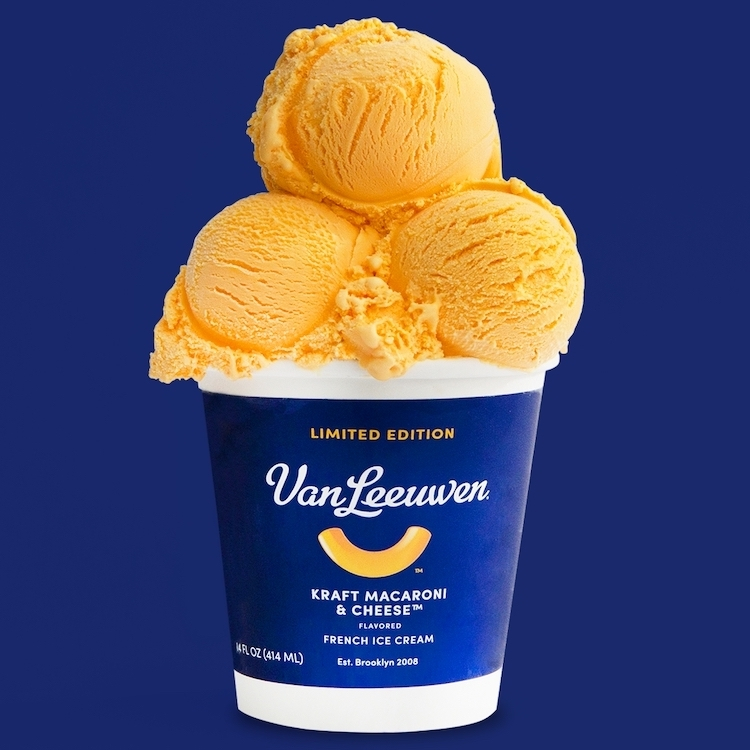 As these brand experts explain, crazy new flavors can bring new customers to brands, while selling more of the original as consumer hedge their bets. To a Boomer like me, good old Oreos seem a good choice, rather than the South Patch Kids version I’m predisposed to dislike.
As these brand experts explain, crazy new flavors can bring new customers to brands, while selling more of the original as consumer hedge their bets. To a Boomer like me, good old Oreos seem a good choice, rather than the South Patch Kids version I’m predisposed to dislike.
The corporate executive research chef for PepsiCo is experimenting with Mexican, Korean, and Japanese flavors. He points to teenagers and college kids as the catalysts for what are referred to as “shock flavors” that continue to show up with greater frequency:
“They’re every chef’s dream to design for. Gen Z is going to drive us faster. We’re going to start to see even more exploration quicker than in the past because they’re just so open to it.”
Mark Lang, food marketing expert and associate professor of marketing at the University of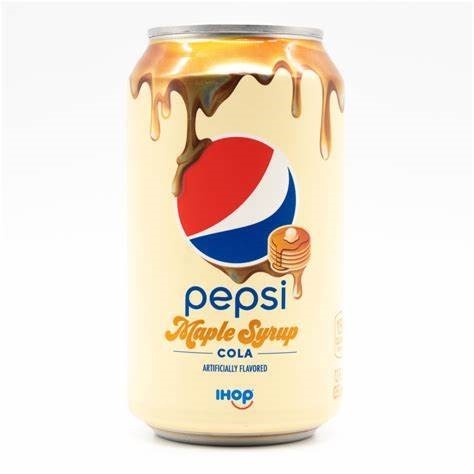 Tampa nails what’s happening on the consumer front:
Tampa nails what’s happening on the consumer front:
“We are variety-seeking animals. We constantly are seeking something new and different; it’s in our wiring. We like to experiment.”
And that’s why radio stations where every day sounds the same may be missing an opportunity to make it different without losing their signature sound.
In fact, that’s programming. It doesn’t take much work, creativity, or imagination to make the station sound virtually identical day after day. The art is in delighting and enchanting a loyal audience with nuances and novelties that keep the station interesting – without violating the accepted foul lines.
It’s the radio analogy: “miss a day, miss a lot,” a brand philosophy we should challenge ourselves to reach more often. Consumer product pros knows the shelves are lined with almost infinite choices. They have to think more imaginatively, especially in their effort to win over young consumers.
So do we.
Originally published by Jacobs Media







